What is Smocking: Simple Guide to This Beautiful Fabric Art
Smocking is a special sewing technique. It creates pretty, textured patterns on fabric. This technique gathers fabric into tiny folds and uses decorative stitches to hold them. This technique makes fabric not only beautiful but also functional.
There are many reasons to learn about smocking: it’s a beautiful craft that cleverly makes fabric stretchy or shapes it attractively. You often see smocking on cute children’s clothes. It’s also used on elegant dresses for adults. Learning about it helps you appreciate this unique skill.
1. What does smocking look and feel like?
1.1 The signature look: tiny folds and pretty patterns
Smocking creates a pattern of small, even folds in the fabric. These folds are often called “gathers.” They look like tiny pleats lined up neatly. Then, special decorative stitching is sewn over these gathers. These stitches are what you see as the lovely pattern on smocked items.
The patterns can look like little diamonds or honeycombs. Some stitches create wavy lines or small cable designs. This is different from flat embroidery because smocking has a 3D texture. The raised folds and stitches give it depth. You see the pretty stitches on top of the gathered fabric.
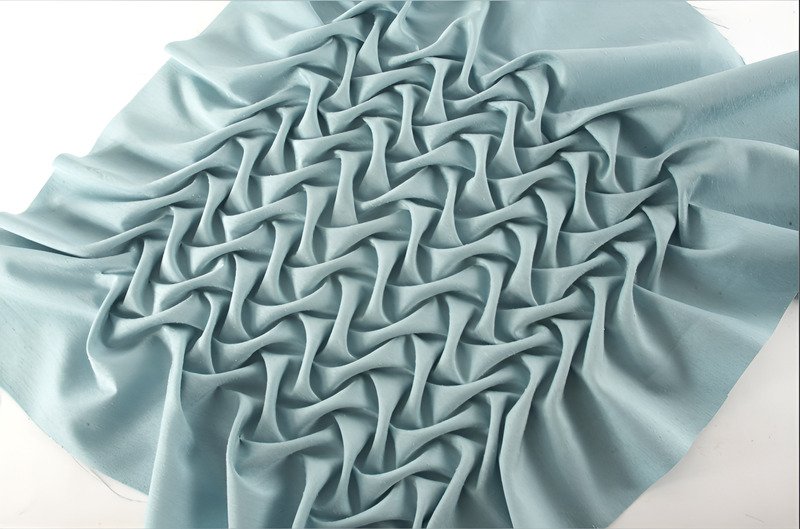
1.2 The feel: it’s stretchy and textured!
Smocked fabric has a special feel. The smocking process gives the fabric elasticity, or stretchiness, in the smocked area. This happens because the gathers can open and close a little. When you touch smocked fabric, you feel its texture. It can feel a bit bumpy, ridged, or puffy. This is because of the raised folds and the embroidery stitches on top.
It’s quite different from smooth, unsmocked fabric. Smocking adds distinct texture and creates unique fabric effects, such as increased elasticity and surface interest. This makes it a technique that both looks and feels special. Ultimately, smocking aims to create stretchable fabric in an aesthetically pleasing manner.
2. Why do people use smocking?
2.1 Making clothes stretchy before elastic bands
As part of the rich history of sewing techniques, smocking was a smart way to make clothes fit well long ago. Before modern elastic was common, smocking helped parts of clothing become flexible and snug.
For example, it was used on the cuffs, necklines, and yokes of work clothes. Think of old shepherd’s smocks – that’s where the name “smocking” comes from! The smocking allowed people to move easily while keeping the garment comfortable. This traditional craft showed how elasticity could be created through skillful stitching.
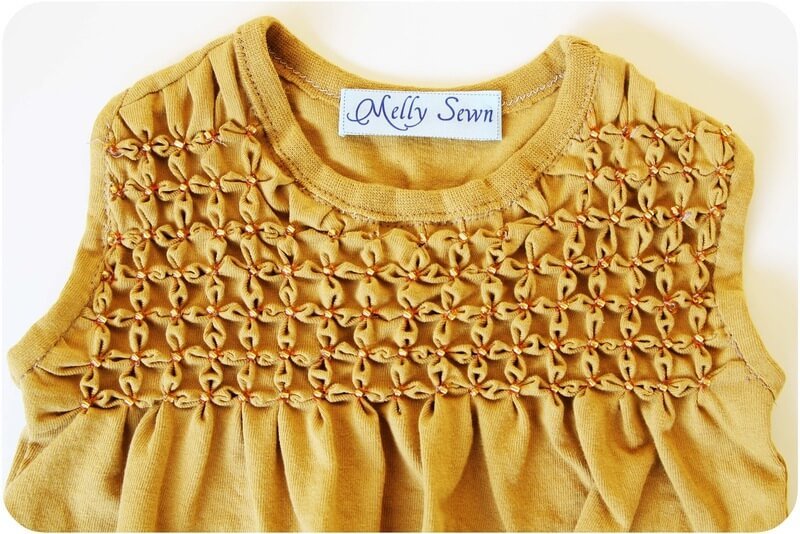
2.2 Helping clothes fit well and look nice
Smocking is very good at controlling fabric. It can gather a lot of fabric into a smaller, neat area. This creates shape and helps clothes hang nicely. It is often used on parts of garments like a bodice or cuff. It also works well on waistlines or necklines.
Smocking provides a close fit that is still comfortable. It allows for movement without being too loose. Plus, it shapes the garment in a pretty, decorative way. It is a form of garment embellishment that is also functional.
2.3 Just because it’s beautiful: a fancy decoration
Today, smocking is often used just because it looks beautiful. Its decorative stitching remains a key feature. Even if the stretchiness isn’t needed, the pretty pattern makes an item special. The stitches are a form of embroidery. They create detailed and attractive designs.
Smocking adds a special, handcrafted touch to clothes and other items. It makes them look luxurious and unique. This highlights its place in textile arts. This decorative aspect is often what makes smocked clothing so highly valued.
3. How is smocking made?
Making smocking involves two main steps. It’s a careful process, but the basic idea is simple.
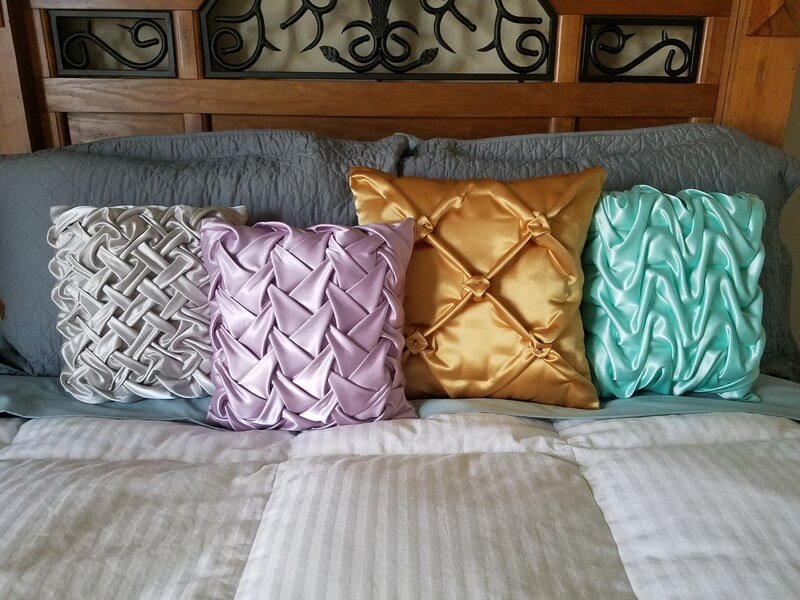
3.1 Step 1: Making small folds in the fabric
First, the fabric needs to be gathered into small, even folds. These folds are also called pleating or gathers. The goal is to make these folds parallel and neat. A common way to do this is by sewing several rows of long, straight stitches by hand or machine. These are called running stitches. After sewing these rows, you pull the threads.
This draws up the fabric into the small folds. Some people mark dots on the fabric to guide their gathering. Others use a special machine called a pleater. The main point is that this step creates a panel of fabric gathered into neat, uniform pleats, ready for smocking stitches. This fabric preparation method is the foundation for the decorative stitches and is crucial for successful smocking.
3.2 Step 2: Sewing pretty stitches over the folds
Once the fabric is pleated, the next step is to sew embroidery stitches over the folds. These stitches are worked across the tops of the pleats. These stitches do two important things. First, they hold the pleats in place so they don’t come undone. Second, they create the beautiful decorative stitch patterns that we see in smocking.
This is usually done with embroidery floss or a similar type of embroidery thread. Different types of stitch techniques create different looks. Some stitches group the pleats to look like little cables. Others make them spread out into diamond shapes. This stitching phase is where smocking truly becomes a decorative embroidery technique, often executed by hand.
3.3 A quick note: hand smocking and machine smocking
Smocking is traditionally a hand-sewing technique. Hand smocking allows for great detail and artistry. This technique is often called English Smocking. However, some modern sewing machines can create effects that look like smocking. There are also specialized machines that help with the pleating part of the process. So, while traditional smocking is done by hand, some machine assistance is available today.
4. Where do you see smocking?
Smocking appears on many different items. It is especially popular for certain types of clothing.
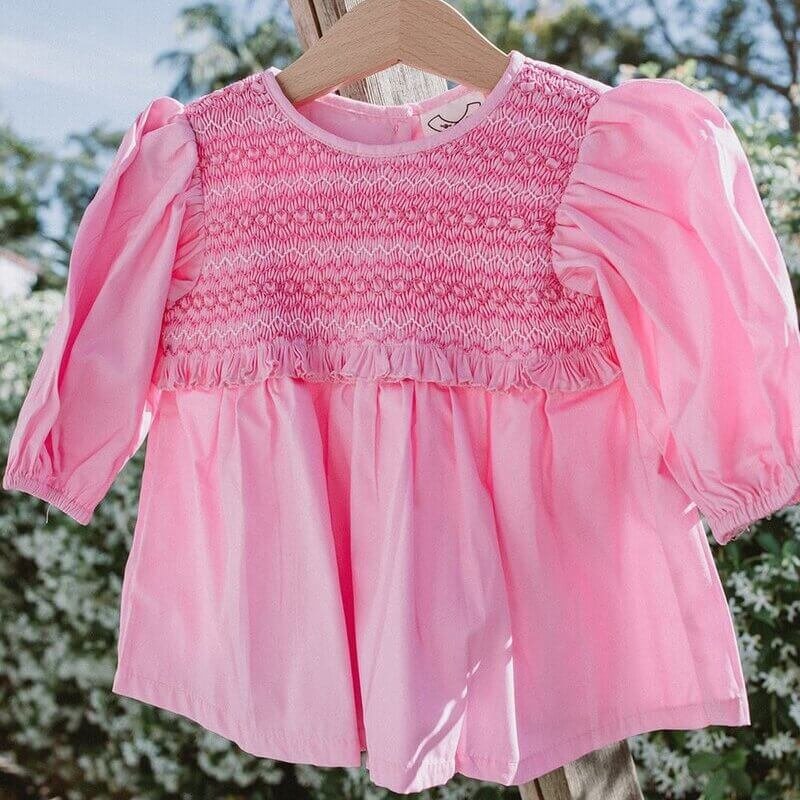
4.1 Sweet clothes for babies and kids
You will often see smocking on children’s wear. It is very popular for baby dresses, rompers, and sunsuits. Little bonnets and traditional bishop dresses frequently feature smocking. Why is it so great for kids? Smocked fabric is soft and comfortable against delicate skin.
The stretch it provides allows for growth and easy movement. Plus, it adds a charming, heirloom quality to the clothes. The lovely details on a child’s smocked dress often lead people to ask, “what is smocking?”.
4.2 Elegant blouses and dresses for adults
Smocking is not just for children. It also appears in stylish clothing for adults. You can find it on women’s blouses, often on the yokes, cuff areas, or waistlines. Dresses for adults might have smocking on the bodice, waist details, or even in the skirt.
Sometimes, you’ll see smocking adding detail to skirts. Smocking can create different styles. It might look romantic, bohemian, or folk-inspired. It can also add a vintage touch or a look of quiet sophistication to a smocked dress or top.
4.3 Cozy things for your home
Smocking is not only for clothes. It can also decorate items for your home. You might find smocking on decorative pillows or cushion covers. It can be used on curtain tie-backs or as a detail on bed linens. In home decor, smocking adds texture, a handmade feel, and a touch of elegance or coziness.
4.4 Smocking in today’s fashion
Smocking is not just an old-fashioned technique. It continues to appear in modern fashion. Designers still use smocking. Sometimes they use it with modern fabrics or create smocking in different sizes. They might also use it in unexpected places on a garment.
Smocking can look traditional. Or, it can look trendy, depending on the design, fabric, and colors. This shows the difference between traditional smocking versus modern smocking applications.
5. Fabrics that work best for smocking
Choosing the right fabric is important for good smocking results.
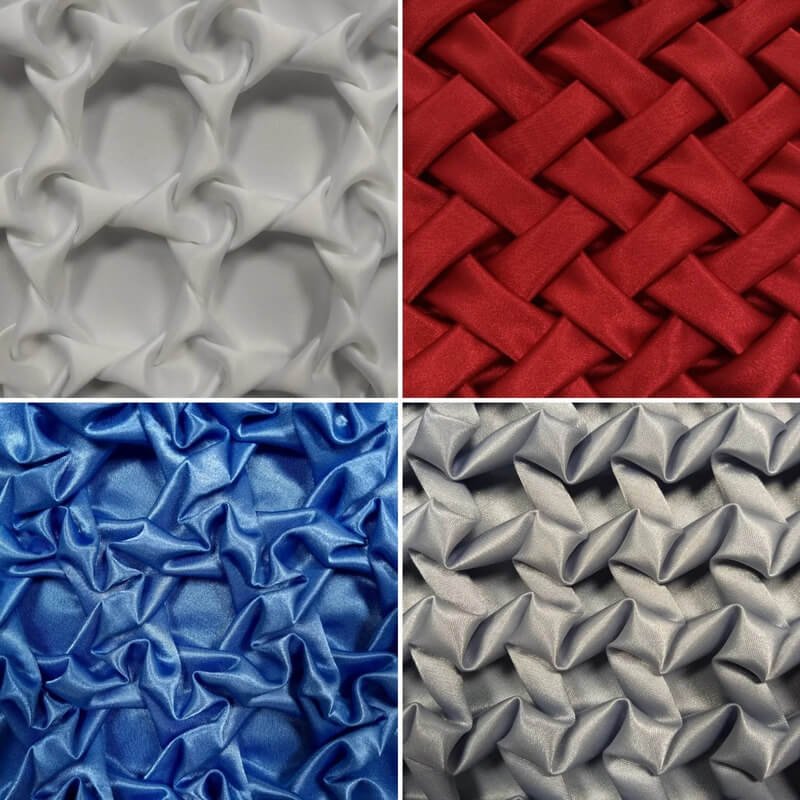
5.1 Light and soft cottons are great
Lightweight, natural fiber fabrics are usually the best fabric for smocking projects. They are especially good if you are new to smocking. Simple examples include light cottons, gingham (a fabric with a checked pattern that can help guide pleating), soft cotton lawn, or voile.
These types of fabric are good because they gather or pleat easily and neatly. They also hold the stitches well. They are not too bulky, so the smocking looks delicate. Being lightweight is a key characteristic of fabric for smocking. At Packlove, we notice that many crafters creating beautiful handmade items prefer light cottons for their smocking projects.
5.2 Other fabric ideas
Experienced smockers can use other fabrics too. Lightweight linen, some silk blends, or very fine wool challis can be smocked. However, these fabrics might be more challenging for beginners. They may not gather as easily or could be slippery.
6. Smocking vs. other fabric styles
It’s easy to confuse smocking with other ways fabric can be gathered or textured.
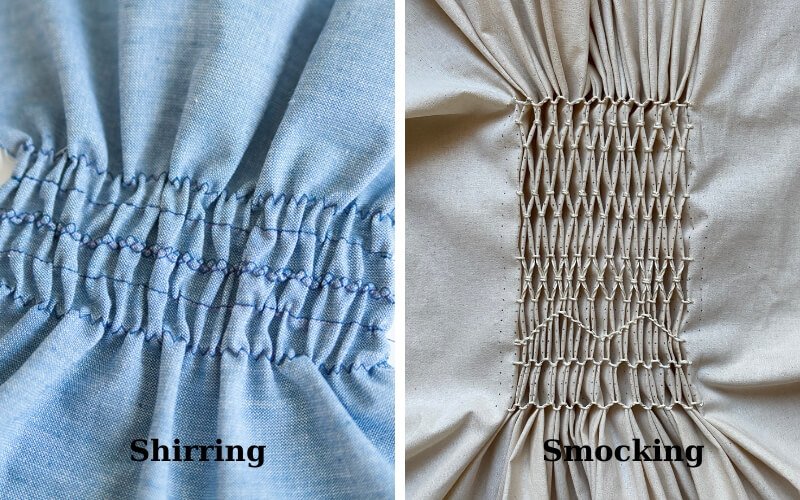
6.1 Is it smocking or shirring?
Shirring is another technique that gathers fabric. The main difference is that shirring usually uses elastic thread in the bobbin of a sewing machine. The elastic itself pulls the fabric together and makes it stretchy. Smocking, however, is different.
The fabric is gathered or pleated first. Then, you embroider over these fixed gathers with non-elastic thread. This embroidery creates the patterns and holds the pleats. In summary, shirring uses elastic thread to create stretchy gathers, while smocking uses decorative stitches on pre-made folds, which provides some natural elasticity.
6.2 Other ways fabric can be gathered
There are other simple ways to gather fabric. For example, you can sew one or two lines of long stitches and pull the threads tight. Some sewing machines have a special foot, called a ruffler, that quickly makes ruffles. Smocking is unique because it is a decorative embroidery technique. It is applied to carefully gathered fabric. It’s not just a way to create fullness; it’s an art form.
7. Caring for your smocked items
Smocked items are special, so they need gentle care. This helps them stay beautiful for a long time.
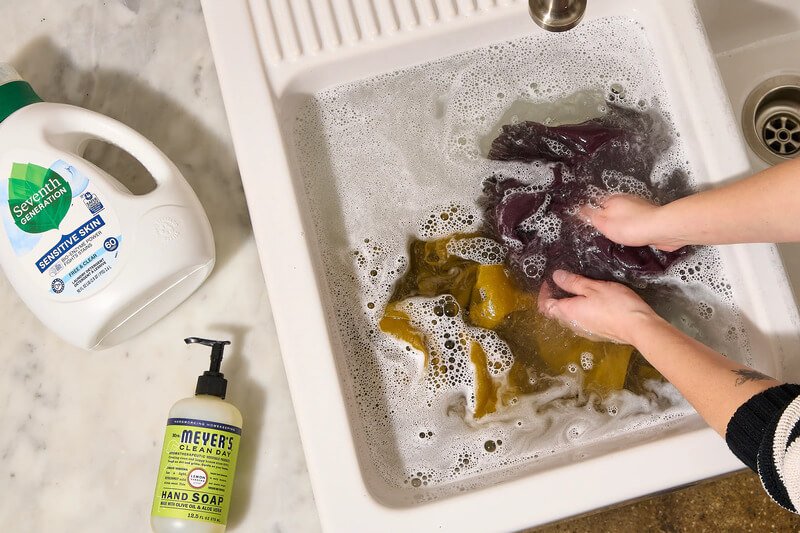
7.1 Wash gently, please!
- Hand washing: in cool water with a mild detergent is often the best way to care for smocked items.
- Machine washing: if you must use a washing machine, choose a delicate cycle with cool water and use a mesh laundry bag.
- Handling: avoid wringing or twisting the smocked areas harshly. Gently squeeze out extra water.
- Drying: lay the item flat to dry or hang it, depending on the garment and fabric. Avoid high heat from a dryer.
Proper caring for handmade garments like these is important.
7.2 How to store smocked clothes
Store your smocked items carefully. Try not to crush or flatten the smocked areas. You can lay items flat in a drawer. Using tissue paper between delicate items can help. Or, you can hang them on suitable hangers if the garment structure allows it.
7.3 Why care labels are important for smocked treasures
For handmade items like smocked pieces, a care label is very helpful. It tells the owner how to best wash and care for the item. This is especially true if it’s a gift. Proper care helps the smocked item last longer and stay beautiful. Adding a care label is a thoughtful touch if you make and sell smocked items, or give them as special gifts.
For those creating such delicate items, adding a clear care label is a thoughtful touch. At Packlove, we offer custom care labels, including options with simple text or washing symbols, designed to be soft enough for handmade garments. This ensures the recipient knows how to care for the item, preserving its beauty for years to come. Ready to add the perfect care instructions? Explore our custom care labels for your delicate smocked items.
8. Selling your smocked art? Make it special with labels!
If you create and sell smocked items, adding a label can make a big difference.
8.1 Labels show off your handmade quality
A brand label, like a logo label, gives your smocked items a professional finish. It helps people recognize your brand. This is an important part of branding for handcrafted clothing, and a quality label can help achieve this. A label shows that the item is handcrafted with care.
It signals that it’s special and not mass-produced. This can increase how much people value your work. Many talented artisans create smocked designs and find that labels enhance their products. A brand label, such as those from Packlove, helps a handmade smocked item truly shine.
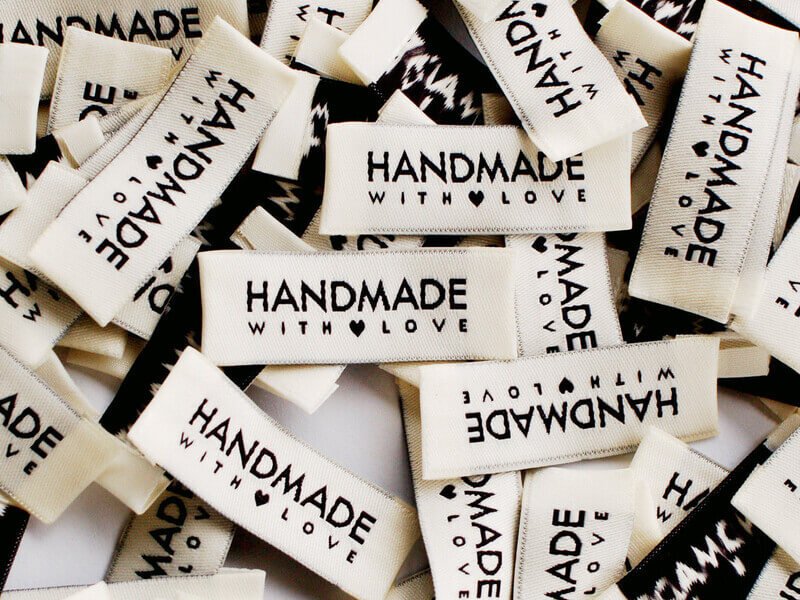
8.2 Choosing labels for smocked items
For smocked items, especially those for babies and children, soft labels are best. They need to be comfortable against the skin. Our Woven Labels are a great choice. They can be made very soft, like our damask woven labels, offering a high-quality, professional look for your brand.
Another excellent option is our Heat Transfer Labels. These are tagless and very smooth, ideal for items where you want no raised label, ensuring maximum comfort. We understand that small creators may not need large quantities and offer flexible options for many of our labels. Our team often advises creators of children’s smocked clothing to choose our softest woven labels or heat transfer labels to ensure maximum comfort for little ones. Thinking about branding your beautiful smocked items? Chat with us about our label options!
9. Your questions answered: smocking faqs
Here are answers to some common questions about smocking.
9.1 Is smocking very hard to try?
Like any new craft, smocking takes some practice to learn. Starting by learning basic smocking stitches is a good way for beginners to begin. There are many resources available to help you. It might seem tricky at first, but many people find it very rewarding!
9.2 Can I smock any kind of fabric?
Smocking works best on lightweight fabrics that gather well. Consider cotton lawn, gingham, or voile, for example. Very thick, stiff, or slippery fabrics can be much more difficult to smock nicely. This is especially true for beginners.
9.3 Is smocking still popular today?
Yes, smocking is definitely still popular! You’ll see it in classic children’s clothing. It appears in women’s fashion for styles like bohemian or romantic looks. Many craftspeople continue to create beautiful smocked items. It has a timeless charm.
Explore more:
Smocking is a truly special technique in the world of fabric arts. Loved learning about smocking? If you’re a creator making beautiful smocked items, Packlove is here to help you add the perfect finishing touch! Explore our soft Woven Labels for a classic brand look, or our smooth Heat Transfer Labels for tagless comfort. Don’t forget Custom Care Labels to help your customers cherish their smocked treasures for years to come.
Visit Packlove today to find the ideal labels for your handmade creations!
Questions about choosing the best label? Our friendly team at Packlove is always happy to help. Contact Us!






















